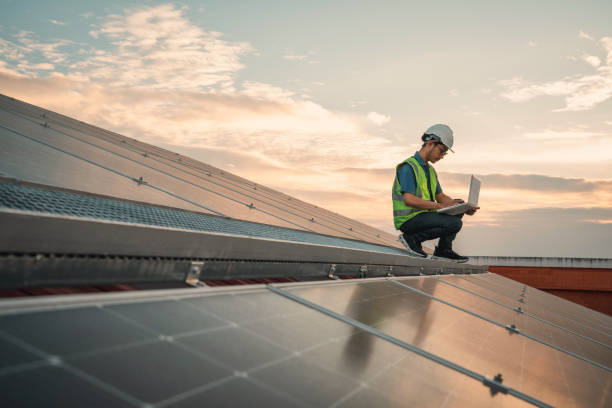As storm season rolls into the Sunshine Coast, many homeowners are taking steps to secure their properties. For those with solar panels, questions often arise about how these systems hold up in extreme weather — and what steps should be taken to protect your investment. visit the website
Are Solar Panels Built for Storms?
Yes — quality solar panels installed by reputable providers are designed to endure the harsh Australian climate. They’re engineered to withstand high winds (up to 200 km/h or more), heavy rain, and hail. However, not all systems are created equal. Panels that meet IEC 61215 and IEC 61730 standards, along with proper mounting systems, are critical to ensuring your setup can resist storm damage.
Common Storm Risks to Solar Panels
-
High Winds: While panels themselves are durable, mounting and racking systems must also be securely fixed. Poor installations can result in panels lifting or shifting.
-
Hail: Most panels can withstand hail up to 25mm in diameter at high speeds, but larger hailstones may cause cracking or shattering.
-
Flooding: While panels are elevated, inverters and batteries can be at risk in low-lying areas. Ensure they are installed above potential flood levels.
-
Lightning: Though rare, a direct lightning strike can damage inverters and other components. Surge protection is a must.
Pre-Storm Season Checklist
-
✅ Inspection: Get your solar system inspected by a licensed technician to ensure the panels, mounting, and wiring are in good condition.
-
✅ Trim Trees: Remove overhanging branches that could fall and damage panels during high winds.
-
✅ Clean Gutters: Blocked gutters can lead to water overflow, potentially affecting electrical components.
-
✅ Check Insurance: Ensure your home and contents insurance policy covers storm damage to solar equipment.
-
✅ Have a Backup Plan: Consider a solar battery and backup power supply to keep essential systems running during outages.
What to Do After a Storm
After a major weather event, inspect your panels from the ground. If you see visible damage or performance issues, contact your installer or a certified technician — never attempt repairs yourself. If safe, check your inverter for any fault codes or shutdowns.
Insurance Tips
Document your system with photos and keep a copy of your installation certificate. This can help streamline claims if your system is damaged during a storm. Some policies may require you to list the solar system separately.
Final Thoughts
Storm season is a fact of life on the Sunshine Coast, but with the right preparation, your solar investment can continue to perform safely and reliably. Investing in quality components and regular maintenance not only ensures durability but also gives you peace of mind when the weather turns wild.
